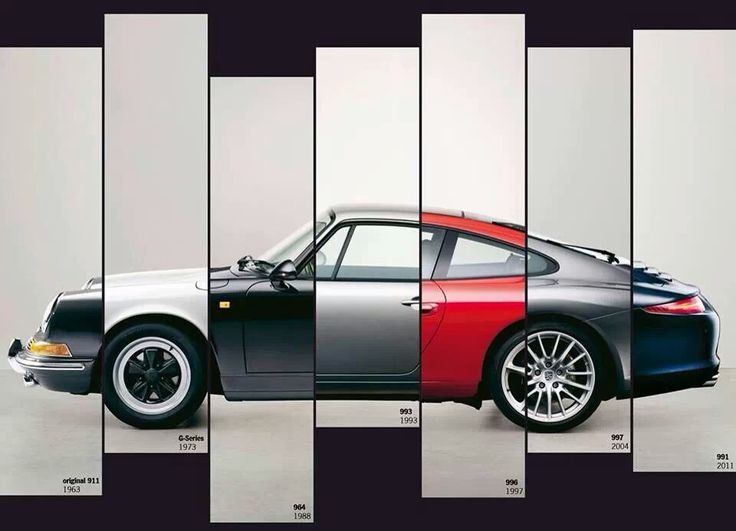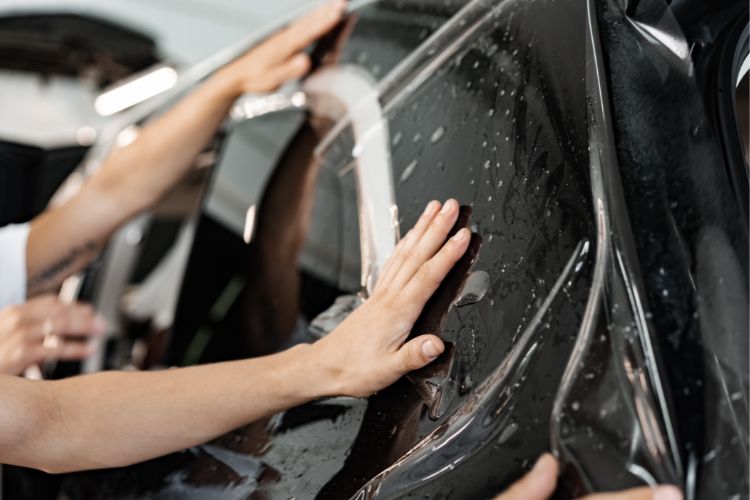Car advertising is one of the most effective marketing methods that combines innovation with wide reach. It merges constant mobility with brand exposure across various locations, making it an ideal medium for promoting products and services.
However, the success of this type of advertising doesn’t rely solely on placing a logo or image on a vehicle. It depends on a set of key factors that must be considered to achieve tangible results.
In this article, we’ll explore 10 crucial factors that impact the success of your car advertisement—and how to make the most of them.
1. Attractive Design: The Secret to Grabbing Attention
The design is the first point of contact between your brand and the public. It must be creative, eye-catching, and aligned with your brand’s visual identity.
Using bright, contrasting colors helps the ad stand out—even when the car is moving fast or in low-light areas. High-quality images and large, legible fonts are essential so that viewers can understand the message at a glance.
Avoid overly detailed designs or small text that may get lost during motion. A clean yet interesting layout that conveys the message within seconds is ideal.
For example, food delivery companies often use mouthwatering visuals paired with a clear logo and a contact number.
2. Clear Message: Simplicity Wins
The simpler the message, the easier it is for the audience to absorb and remember. Avoid long sentences or complex phrases.
Focus on a main idea or short phrase that clearly explains what your brand offers.
As viewers only have a few seconds to process the ad—especially on a moving vehicle—it’s important to keep it direct and fast. Include elements like your slogan, phone number, or a short website URL.
A call to action (CTA) like “Order Now” or “Call Today” can boost engagement.
3. Placement on the Vehicle: Prime Spots Matter
Where the ad is placed on the vehicle significantly affects its visibility and effectiveness:
Side doors: Ideal for visibility while driving or when parked on the street.
Rear of the vehicle: Perfect for reaching drivers stuck behind in traffic or at traffic lights.
Hood and roof: Less commonly used, but useful in high-angle visibility situations.
Using multiple spots can enhance impact—but avoid clutter that confuses the viewer.
4. Quality & Durability: A Long-Term Investment
Use high-quality materials like weather-resistant vinyl that withstand sun, rain, and dust.
Low-quality wraps degrade quickly and negatively impact your brand’s image.
Durable printing ensures long-lasting color and clarity, making the extra cost worthwhile. Adding protective coatings can further extend the ad’s life.
5. Choosing the Right Vehicle: Match the Medium to the Message
Not every vehicle suits every ad. The type of vehicle plays a huge role in how the ad is perceived.
Trucks and vans: Great for large, detailed designs.
Small cars: Better for short, punchy messages, especially in residential areas.
In commercial or industrial zones, use larger vehicles that can accommodate bigger, bolder designs.
6. Message on the Move: Readability in Motion
Unlike static billboards, car ads are constantly moving—so the message must be readable at different speeds.
Large fonts, high contrast, and clean backgrounds improve legibility from a distance. Avoid overcomplicating the layout.
7. Audience Engagement: Encourage Interaction
To boost ad effectiveness, provide ways for your audience to interact:
Add QR codes or short links that direct people to your website or social media.
These tools also help track engagement and measure campaign success through click rates or website visits.
8. Performance Tracking: Improve Through Data
You can’t optimize what you don’t measure. Use trackable phone numbers, custom discount codes, or landing pages tied to your car ad to monitor engagement.
Analyzing the data allows you to refine your advertising strategy and maximize ROI.
9. Regular Updates: Keep the Message Fresh
Keeping the same design for too long can cause it to lose impact. Refresh your car wrap periodically to maintain interest—especially during seasonal campaigns or limited-time offers.
Design changes show your brand is active and responsive.
10. Legal Compliance: Avoid Trouble
Laws regarding vehicle advertising vary by location. Always check local regulations before launching your campaign.
Some cities restrict rear or front window ads, while others may limit ad size or design elements. Staying compliant prevents fines or removal.
Final Thoughts
Car advertising is an innovative and powerful way to reach a broad audience, but its success depends on thoughtful execution.
From compelling design and smart placement to performance tracking and regular updates, every step matters.
By applying these 10 key factors, you can elevate your brand presence and significantly improve your car advertising results.









